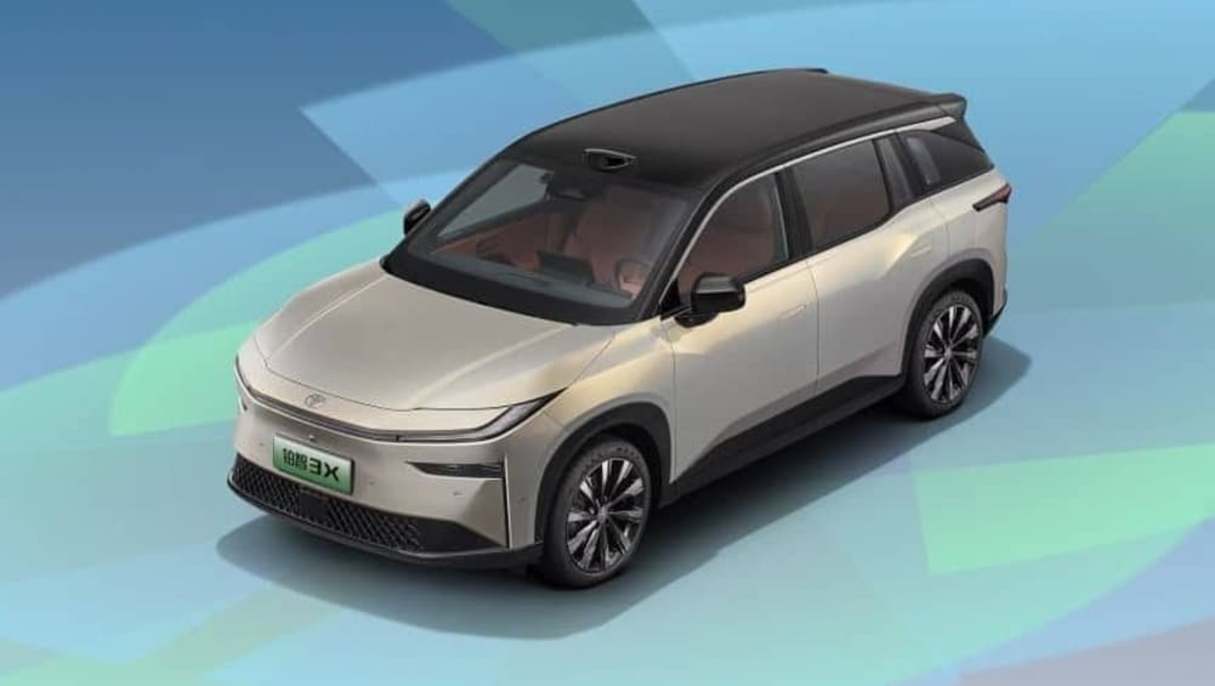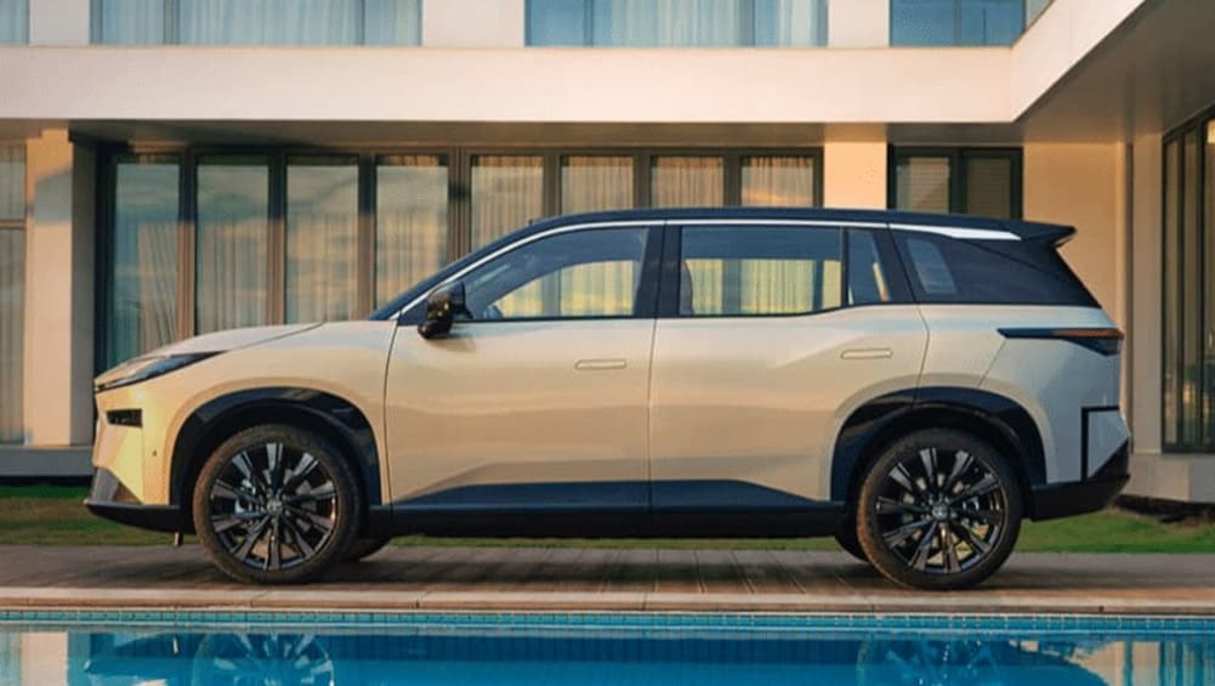Toyota is looking to improve its fortunes in China, releasing its latest joint venture with GAC.
First shown at the Beijing Auto Show, the bZ3X is a little smaller than Toyota’s lone electric car in Australia, the bZ4X. It joins the Japanese manufacturer’s burgeoning EV line-up in China, including the bZ3 and bZ3C.
The bZ3X sits a little taller and, unlike the bZ3C, is a joint venture with GAC, rather than Toyota’s longer-stand FAW joint venture. It could prove popular as a rival to the Tesla Model Y, BYD Sealion 7 and XPeng G6.
CarsGuide understands Toyota’s latest electric car range is strictly for China, where they’re built, with the brand not keen to export them even to comparatively nearby markets such as Australia.
GAC, on the other hand, is raring to launch in Australia with its Aion sub-brand and a host of electrified vehicles.
Driving range for the bZ3X corresponds to the naming conventions, with a base model 430 Air+ featuring a 50.03kWh lithium iron phosphate (LFP) rated at 430km from a charge in China’s more lenient CLTC measurement.

It uses a single 150kW electric motor and, unlike Toyota’s FAW joint venture cars, neither the battery or motor is from BYD. The bZ3X’s rapid charge is relatively slow, taking 24 minutes to go from 30-80 per cent SOC.
Toyota is yet to detail the battery size and motor specifications of other grades, the 520 Pro+ and 620 Max.
Design is a far cry from the bZ4X with split LED headlights, C-HR-like flush door handles, huge panoramic sunroof and a choice of 18- or 19-inch alloy wheels.

Although it looks larger than the bZ4X, the bZ3X’s blockier shape is what does that. It is 60mm shorter at 4600mm, also measuring 1875mm wide and 645mm tall with a 32765mm wheelbase.
Advanced driver aids are powered by an Nvidia Drive AGX Orin processor with 27 sensors comprising camera, ultrasonic, radar and Lidar.

Inside, an 8.8-inch digital driver’s display is complemented by a 14.5-inch multimedia touchscreen, wireless smartphone charging ambient lighting and an 11-speaker Yamaha sound system.
Pricing is sharp in China, at 100,000-200,000 yuan, equivalent to A$21,500-A$43,000, depending on trim. It will launch in China in March 2025.














.jpg)



_0.jpg)



.jpg)

